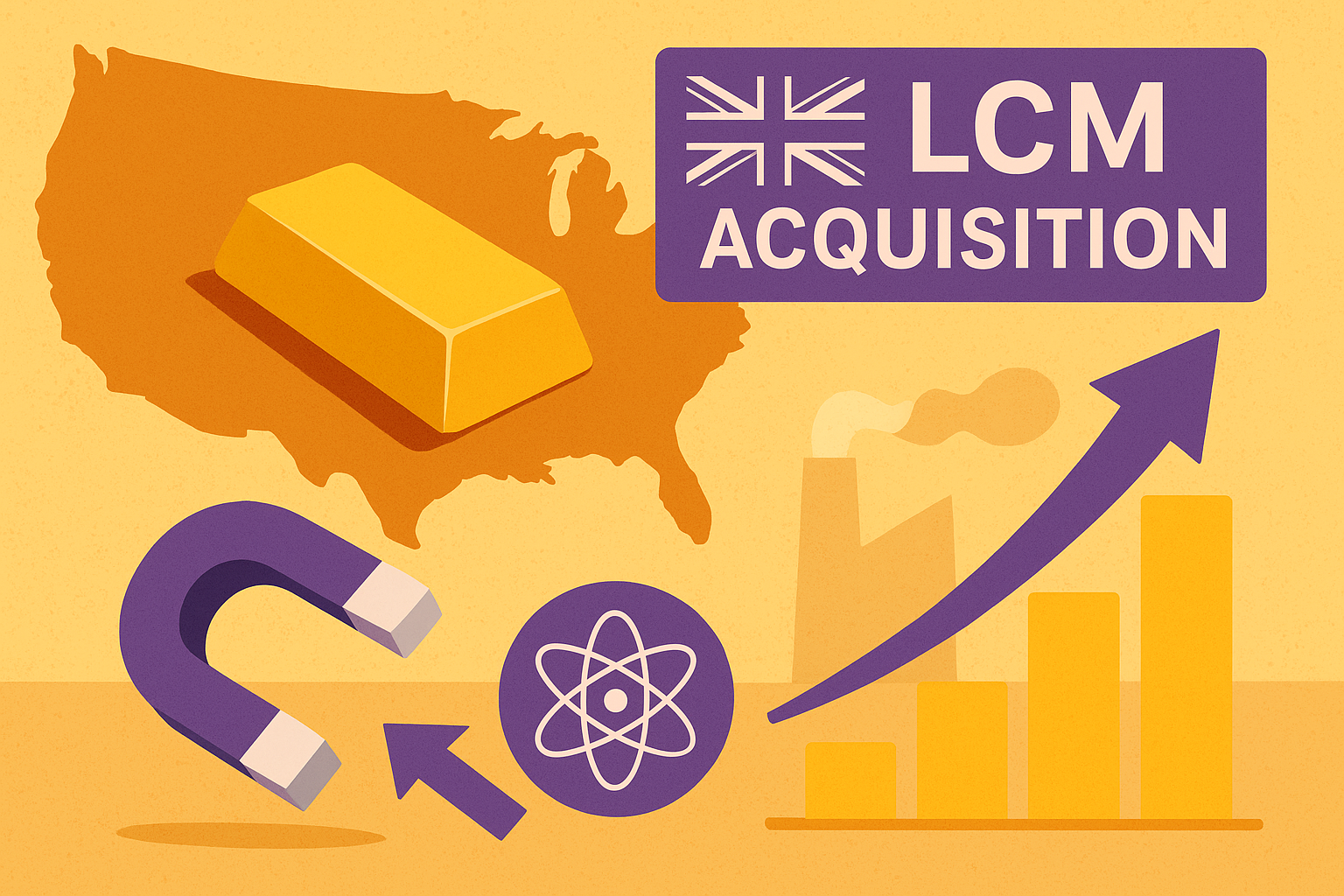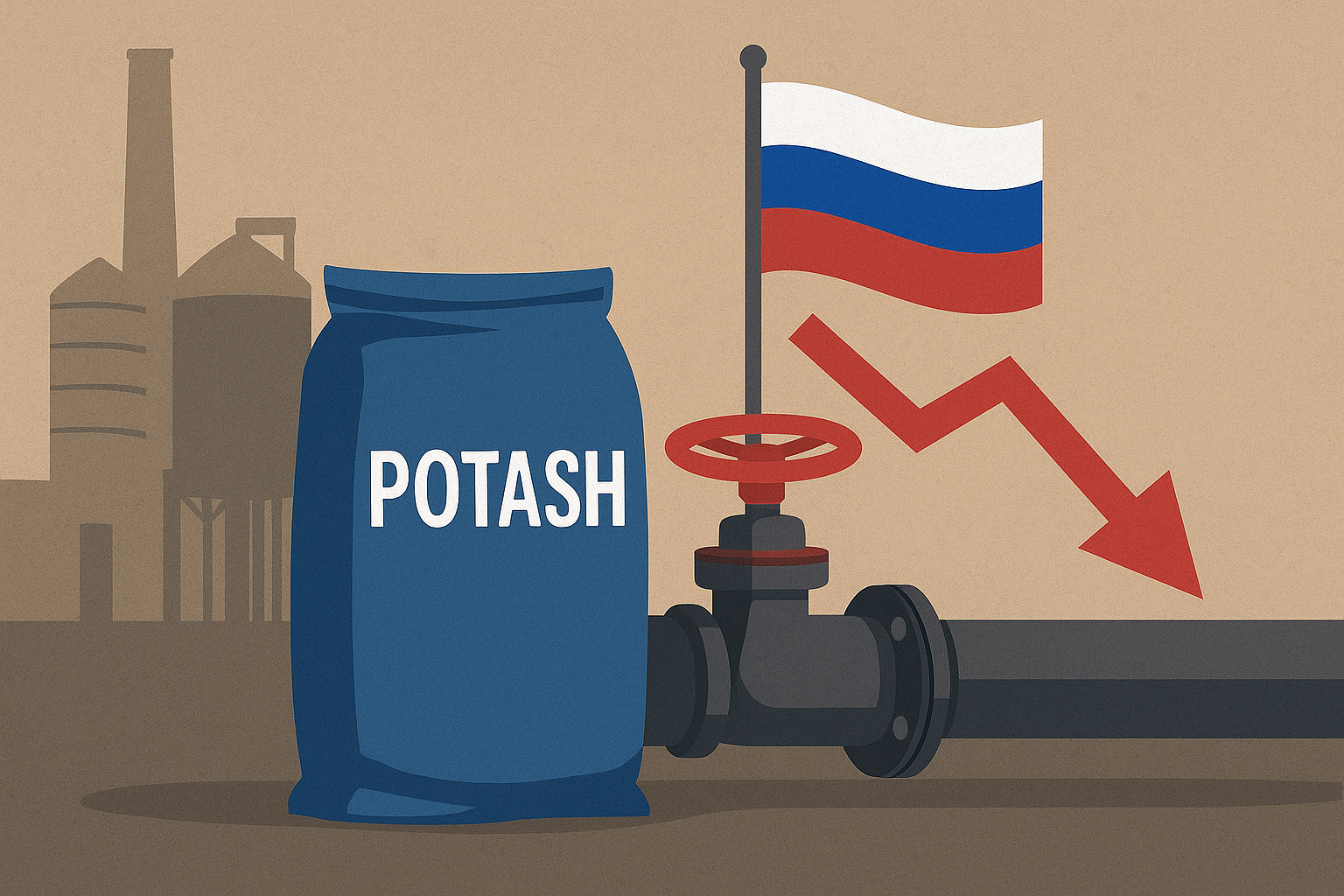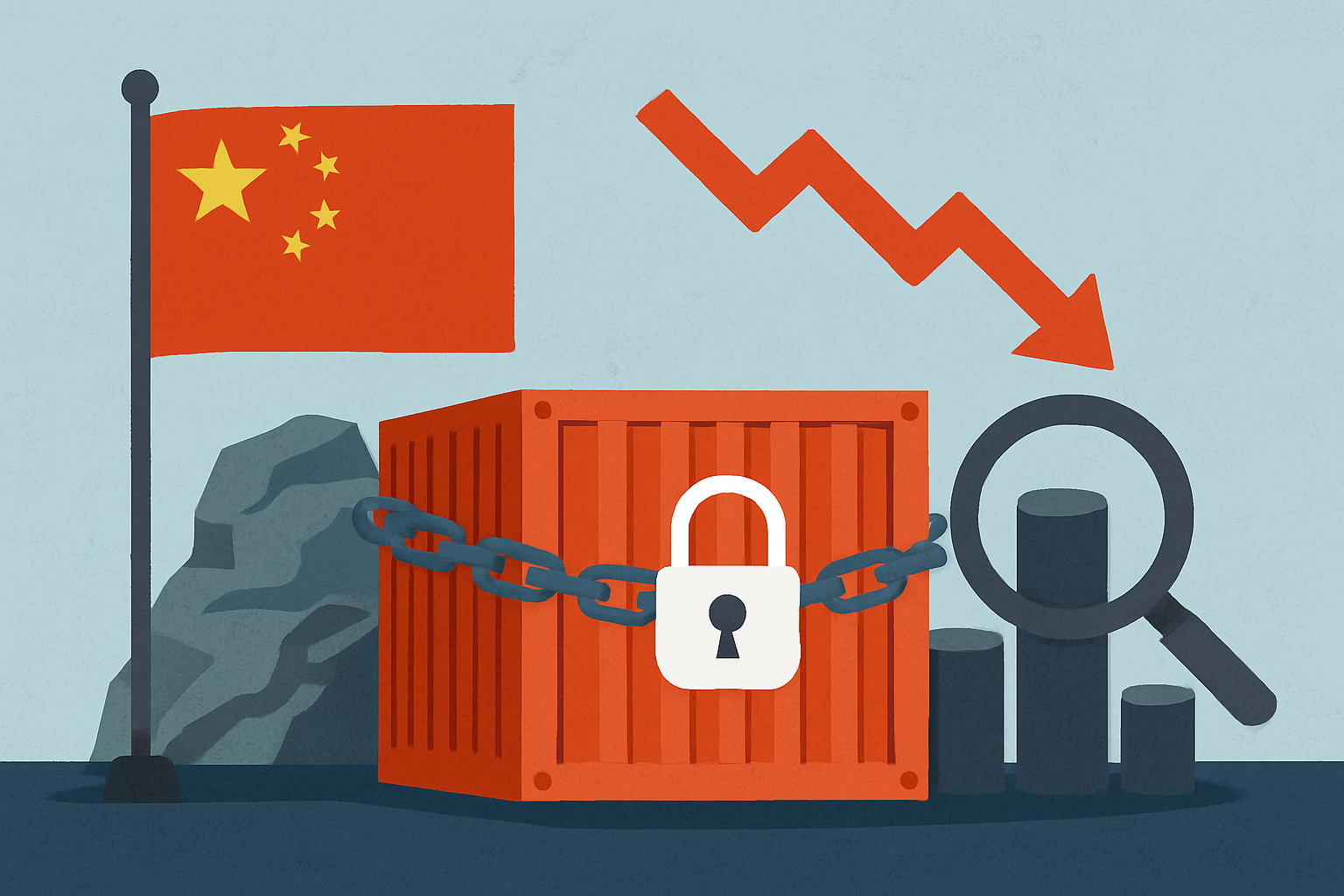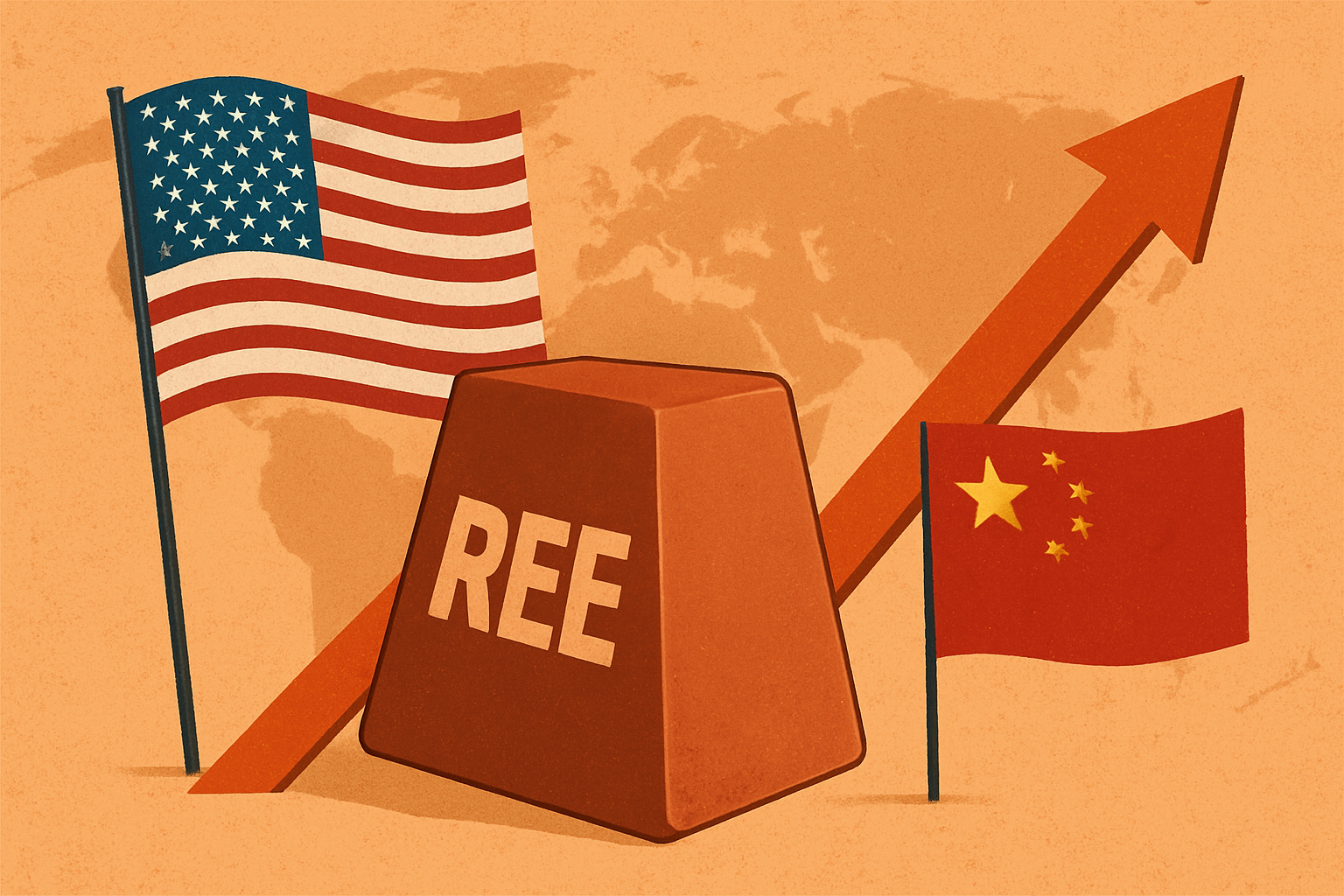The global race to secure critical minerals is intensifying, and rare earth elements (REEs) are once again at the center of the conversation. With growing geopolitical tensions, supply chain vulnerabilities, and the soaring demand for clean energy and defense technologies, investors are zeroing in on companies capable of challenging China’s near-monopoly in this vital sector.
USA Rare Earth’s latest move—its acquisition of UK-based Less Common Metals (LCM)—has sent ripples through the market, positioning the company as one of the very few non-Chinese firms with genuine “mine-to-magnet” capabilities. For investors, this is not just another M&A headline—it’s a signal of strategic momentum in one of the most politically and economically sensitive industries on the planet.
Why This Matters for Investors
Rare earth elements power technologies at the core of the modern economy: electric vehicles, wind turbines, advanced electronics, and critical defense systems. Yet, roughly 70–80% of global REE processing and magnet production remains concentrated in China (source: International Energy Agency, 2025).
That dominance has triggered concerns in Washington, Brussels, and Tokyo, where policymakers have called REEs a “strategic vulnerability.” The U.S. Department of Defense and Department of Energy have both expanded funding programs to build domestic supply chains. Against this backdrop, USA Rare Earth’s acquisition of LCM for approximately $100 million plus shares, along with a fresh $125 million equity injection, is a timely and potentially transformative development.
LCM brings decades of midstream expertise in rare earth alloys and metals—a critical gap in Western supply chains. The acquisition effectively completes USA Rare Earth’s vertical integration strategy, giving it a stronger position in every stage of the supply chain: mining, processing, alloying, and magnet production.
The Strategic Edge of Vertical Integration
For investors, the significance lies in the economics of integration. By controlling the full supply chain, USA Rare Earth:
- Secures pricing power: No longer fully dependent on volatile midstream processors in China.
- Mitigates supply chain risk: Consolidates operations in politically stable jurisdictions (U.S. and U.K.).
- Enhances margins: Captures value at every step of the production cycle, from ore to finished magnets.
As Barron’s noted in its recent coverage of the deal, vertical integration gives the company a clear advantage as governments and industries scramble to diversify away from Chinese supply.
Future Trends to Watch
- Government Policy Support
- The U.S. Inflation Reduction Act, coupled with defense-related funding, is channeling billions into critical mineral projects. Watch for potential grants, subsidies, or long-term procurement contracts that could accelerate USA Rare Earth’s trajectory.
- Defense and EV Demand
- Permanent magnets made from REEs are essential for electric vehicles, drones, fighter jets, and missile guidance systems. With global EV sales projected to hit 50% of new car sales by 2030 (BloombergNEF), demand for REEs is likely to intensify.
- Pricing Volatility
- Rare earth prices have historically been volatile. Any slowdown in Chinese demand or sudden policy changes could put pressure on margins—even for integrated players.
- Execution Risks
- Mergers of this scale in sensitive industries are complex. Integration of LCM’s U.K. operations with USA Rare Earth’s U.S. assets will require careful management to avoid delays or cost overruns.
Key Investment Insights
- Opportunity: USA Rare Earth is positioning itself as a Western alternative to China in a strategically vital supply chain. If successful, it could capture premium contracts with defense, energy, and EV manufacturers.
- Risk: Execution and regulatory approval hurdles could challenge timelines, while REE price volatility remains a persistent headwind.
- Investor Watchlist: Monitor insider buying and institutional activity in USA Rare Earth and other mid-tier REE firms. Juniors with differentiated processing technologies or access to Western-friendly jurisdictions may also benefit from a rising tide.
Investors seeking exposure to the critical minerals space should consider both the potential upside of companies like USA Rare Earth and the broader trend: the re-shoring and diversification of rare earth supply chains. As governments pour resources into building alternatives to China, well-positioned juniors and mid-tiers could become attractive acquisition targets.
The rare earths story is not just about metals—it’s about energy security, technological leadership, and geopolitical leverage. For investors, USA Rare Earth’s LCM acquisition highlights both the risks and the extraordinary opportunities in this emerging megatrend.
Stay tuned to explorationstocks.com for daily updates, expert insights, and actionable analysis on the mining and critical minerals markets shaping tomorrow’s investment landscape.






